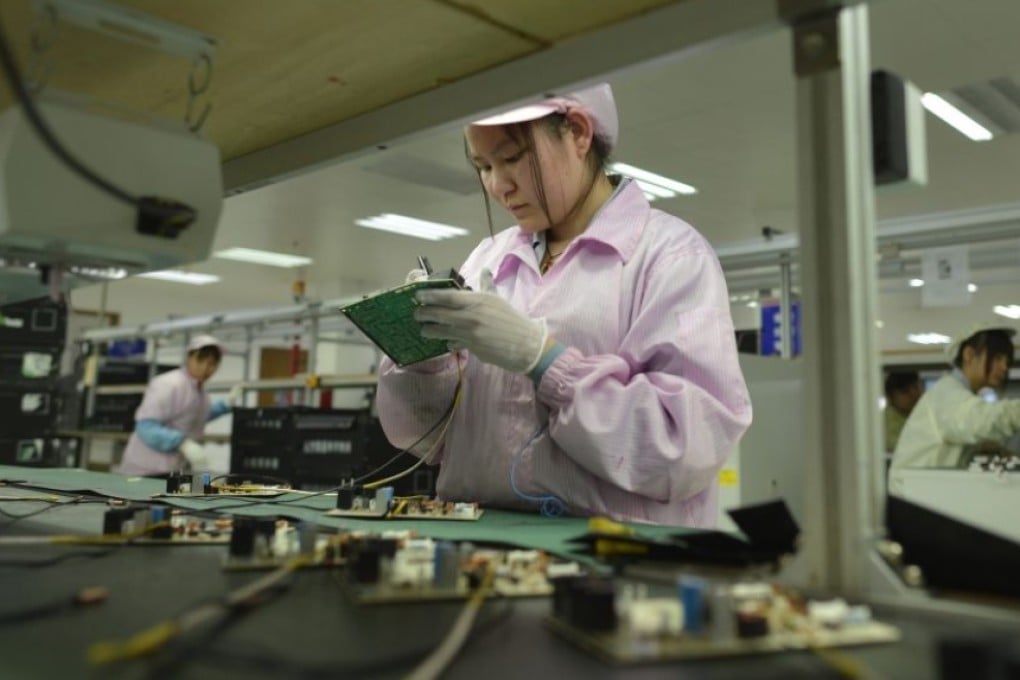China's copycat manufacturers are now pushing the boundaries of innovation
'Shanzhai' has evolved into a force that can dominate markets, compete with the biggest tech players, and become a cornerstone of global innovation

When Chinese manufacturers entered the global hi-tech space, they were known for copying the designs of big companies from other countries. Fledgling manufacturers became notorious for Nokia and Motorola knock-offs in the early days, while Apple and Samsung became the main sources for replication later. Although as China’s hi-tech manufacturers evolved, their propensity for producing knock-offs transitioned into a driver for innovation and niche market adaption which has allowed them to compete against the big brands they copy in many global markets.
The heart of China’s hi-tech manufacturing empire is divided into two parallel ventricles that compete with and feed off each other. One is that of more traditional manufacturers, such as Huawei and Lenovo, along with big international brands such as Apple and Samsung, produce a large quantity of their products in China. The other is a decentralised network of thousands of smaller factories and design houses who operate in an openly cooperative fashion that have been dubbed “shanzhai”.
Shanzhai literally means “mountain stronghold”, as in the hideout of bandits. It became common usage with the 12th century legend of a noble band of Song dynasty outlaws who lived on a mountain in Shandong province’s marshes. The word shanzhai began being used to mean “to copy” or “to parody” in contemporary slang, and shortly before the Beijing Olympics in 2008, it was applied to knock-off goods. Perhaps as a combination of these two meanings, the term shanzhai is now used for China’s massive copycat industry and the design and manufacturing network that emerged from it.
“Shanzhai started as a copycat. Forget about the respect for intellectual property,” says David Li, the co-founder of China’s first makerspace, XinCheJian. “So if someone does one design, more often than not if it is useful it is going to get copied.”
Shanzhai has evolved from these copycat roots into a complex ecosystem which is very much the Chinese take on open source hardware production. Shanzhai has its own code of ethics and its own culture, and the sharing of designs, know-how, and materials is at its core. “The whole system is cooperative. . . meaning people want to share,” Li says.
The big break for shanzhai happened in 2003 or 2004 with an explosion in global demand for cellphones. The industry leaders at the time, Nokia and Motorola, were putting out feature phones in the US$800 to US$1,000 range — well beyond the purchasing power of most of the planet. Massive demand grew in Africa, Latin America, Southeast Asia, India and mainland China for cheaper phones. Due to their cooperative, low-cost system of manufacturing, China’s shanzhai companies were able to drastically undercut rivals, selling phones for less than US$100 retail. “If you look at what happened to Motorola and Nokia, they didn't really get killed by Apple ... they all got killed by shanzhai,” Li says.
